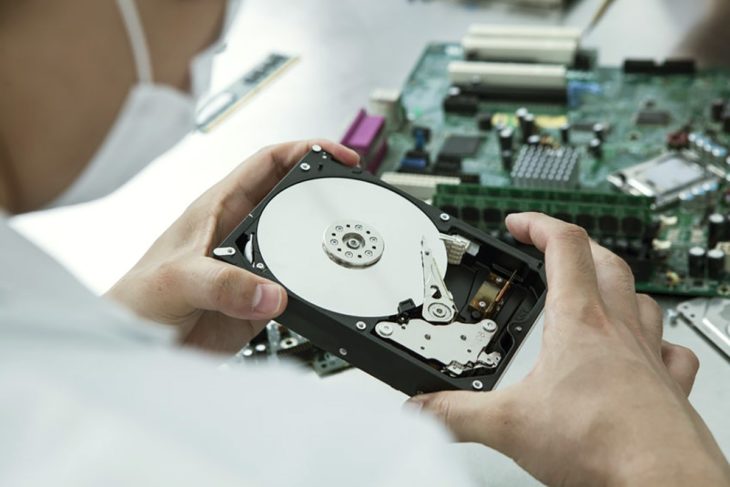When a hard drive is plugged into a computer, the data is constantly being written and read on it. Deleting that data does not completely wipe it from the drive, it just makes it display is as being free space. That free space on the drive is the blocks that data can be written and stored on, hence, the files will be available when you need them. In this article, you will be able to read about how to recover your data from a corrupted hard drive, as well as what might cause a hard drive to become corrupted. Let’s take a look:
Contents
What Can Cause a Corrupted Hard Drive?
Before you start recovering the corrupted hard drive, it is important to understand why it can get corrupted. The following is some common reasons:
- File System Damage – file system plays a major role when the OS defines and organizes data on a storage component. Operating systems rely on the file system to locate and manage the data. If the file system gets somehow damaged, the disk will become inaccessible and will corrupt the system. Hence, we are unable to access the data. You might get error notifications and message like “disk not formatted, do you want to format now?”.
- Hard Drive Bad Sectors – one of the major causes of a corrupted hard drive is the bad sectors of it. You can find bad sectors if you check the corrupted drive. The sectors can corrupt the drive and freeze the PC or turn the drive to RAW.
- Improper Operations – there are various operations that can corrupt the hard drive, however, they are not noticed by users. It can be a sudden power failure, improper shut down of the system, installing an app that is not reliable, disk dropping, and so on.

Source: prolabtechworks.com
How to Recover a Corrupted Drive
If you use an external hard drive, you should check its connection. It is possible that the storage media is taking power from the USB port. Try unplugging it and connecting it to your computer again. Then check the power supply. Some external hard drives have a separate power supply. You should also run a check:
Step 1. Open “Computer” or “This PC”, then you should right-click on the hard drive tab and choose “Properties”.
Step 2. Click “Tools > Tab Error Checking > Check”.
Step 3. Choose “Check Local Disk” and select “Start”.
You should close all programs, and select the option to let the system check when you next boot it. After this, restart the computer.
Update the Disk Driver
If you try another PC and it works, you will need to update the disk driver. You should:
Step 1. Open “Computer” or “This PC”, then right-click on the hard drive option and choose “Properties”.
Step 2. Click on the “Device Manager” category and then you should expand the “Universal Serial Bus Controllers” tab. You will see a yellow exclamation mark if your driver needs updating.
Step 3. Choose “Update Driver”.
Step 4. Choose “Search Automatically for Updated Driver Software”.

Source: uflysoft.com
Use the CMD Command
According to the experts from Salvagedata.com (hard drive recovery), CHKDSK command checks the file system and the metadata of a volume for physical and logical problems. If you use it without parameters, it will display only the status of the volume and it will not fix the errors. If you use it with /f, /r, /x, or /b parameters, it will fix the problems.
Conclusion
These methods can help you recover a corrupted hard drive, as well as give you access to the data you have on it. Keep in mind that you should take the PC to an expert if you fear that you might make things worse by trying to fix it by yourself.
